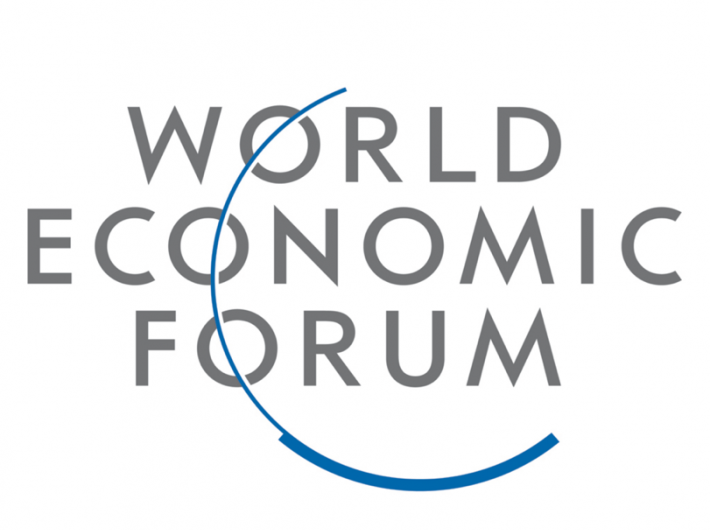India’s growth rebounded in 2014 and last year surpassed that of China, making it the fastest-growing large emerging market in that year.
Ten years of competitiveness in India’s GDP per capita in PPP (Purchasing Power Parity) terms almost doubled between 2007 and 2016, from $3,587 to $6,599. Growth slowed after the 2008 crisis, hitting a decade’s low in 2012–13, said the Global Competitiveness Report 2016–2017, World Economic Forum.
This experience triggered India to rethink its policies and engage more firmly in reforms necessary to improve its competitiveness. Growth rebounded in 2014 and last year surpassed that of China, making it the fastest-growing large emerging market in that year, the report added.
India’s competitiveness score stagnated between 2007 and 2014, and the economy slipped down the Global Competitiveness Index (GCI) rankings.
Since the new government took office in 2014, India climbed back up the rankings to 39th in this edition of the Report, from 48th in 2007–2008.
What has made India so successful in recent years?
The overall trend masked some diversity over the years on the different pillars. For example, health and basic education improved throughout the decade. Improvement in infrastructure, by contrast, was small and faltering during most of the period, but picked up after 2014 when the government increased public investment and sped up approval procedures to attract private resources, said the report authored by professor Klaus Schwab and professor Xavier Sala-i-Martín.
The institutional environment deteriorated until 2014, as mounting governance scandals and seemingly unmanageable inefficiencies saw businesses lose trust in government and public administration, but this trend was also reversed after 2014. Macroeconomic conditions followed a similar path, as India managed only in recent years—thanks also to the drop in commodity prices—to keep inflation below the target of 5 percent while rebalancing its current account and decreasing public deficit. Financial market development has also improved since 2014, but—unlike the case of institutions and the macroeconomic environment—not enough to recover to 2007 levels.
Thanks to the 2015 and 2016 rebound, India’s overall competitiveness score in this period increased by 0.19 points. The two most significant improvements are in infrastructure and in health and primary education: for example, India almost halved its rate of infant mortality (62 per 1,000 in the 2007–2008 edition of the GCI versus 37.9 today). Life expectancy increased to 68, up from 62 10 years ago, while primary education has become almost universal (up to 93.1 percent from 88.8 percent).
Macroeconomic environment is another basic requirement where India’s performance has improved significantly (+0.34). At the other end of the spectrum, financial market development is the pillar most dragging down India’s competitiveness compared to 10 years ago. Here the efforts of the Reserve Bank of India have increased transparency in the financial market and shed light on the large amounts of non-performing loans, previously not reported on the balance sheets of Indian banks. Banks have not yet found a way to sell these assets, and some need large recapitalisations.
The efficiency of the goods market has also deteriorated, resulting from India’s failure to address long-running problems such as varying goods and services tax (GST) levels within the country (this is set to finally change as of 2017 if the Central GST and Integrated GST Bills currently in parliament are fully implemented).
Another area of concern is India’s stagnating performance on technological readiness, a pillar on which it scores one full point lower than any other. These pillars will be key for India to prosper in its next stage of development, when it will no longer be possible to base its competitiveness on low-cost, abundant labour. Higher education and training has also shown no improvement.
What areas should India prioritise today?
India has made significant progress on infrastructure, one of the pillars where it ranked worst. As the country closes the infrastructure gap, new priorities emerge. The country’s biggest relative weakness today is in technological readiness, where initiatives such as Digital India could lead to significant improvements in the next years, the report said.
India outperforms countries in the same stage of development, mostly those in sub-Saharan Africa, in all pillars except labour market efficiency.
Even on indicators where India has made progress, comparisons with other countries can be sobering: although life expectancy has increased, for example, it is still low by global standards, with India ranking only 106th in the world; and while India almost halved infant mortality, other countries did even better, so it drops nine places this year to 115th. Huge challenges still lie ahead on India’s path to prosperity.
Read the Global Competitiveness Report
